
- Step 1: Measure L x W x H
- Step 2: Measure the weight
- Step 3: Check airline restrictions

Tools
- Tape Measure
- Luggage
- Pen and paper
Time spent
- 2 minutes

Step-by-step measurement
Due to the variety of luggage styles and shapes, in order to give a uniform standard, airlines generally give a limit value for the sum of the three sides, as long as the value does not exceed this value, that is, you can carry on, no need to check-in.
- Step 1: Measure L x W x H
When measuring the height of the suitcase, the carrying handle and the wheels of the suitcase should be included. If it is a travel bag, the carrying handle should be put up first and the distance from top to bottom should be measured.
When measuring the width of the luggage, you need to add the width of the front zipper and pocket, that is, measure the maximum distance from the back to the front of the luggage.
To measure the length of the luggage, put the suitcase directly in front of yourself, then put up the carrying handle and measure the distance from one side to the other.
When measuring, if the luggage has an extension layer, make sure that it will not exceed the limit even after pulling the extension layer.
- Step 2: Measure the weight
Usually, airlines have a certain limit on the weight of hand luggage and checked luggage, so when packing your luggage, you can weigh your suitcase in advance to avoid overweight luggage and paying more expensive excess baggage fees.
Before packing your luggage, you should check the regulations of your airline for hand luggage and checked luggage to get a rough estimate of the weight of your luggage and to determine the free weight and additional fees for hand luggage and checked luggage.
If you need to buy a new suitcase, you need to check the size of the suitcase. The size of the suitcase varies from airline to airline, and the data from retailers may also be different, so you need to re-measure it with a ruler to determine the specific parameters.
After the luggage is packed, re-measure the length, width, height and weight of the luggage to determine the data again. If you need to check in, you need to arrive at the airport earlier to check in, so as not to miss the plane because of the check-in luggage matters.
- Tips
Due to the various shapes of luggage, in order to give a uniform standard, airlines usually give a limit on the sum of the three sides, as long as the value does not exceed this value, that is, you can carry-on, no need to check in.
Generally speaking, airlines have certain restrictions on the weight of hand luggage and checked luggage, so when packing your luggage, you can weigh the weight of your suitcase in advance to avoid overweight luggage and paying more expensive excess baggage fees. 
Types of luggage
- Carry-on Luggage: Usually under 20 inches in size, each side is capped at 23cm x 36cm x 56cm, or the total length, width and height of one side cannot exceed 115cm.
- Checked Luggage: 20 inches or more, weight-based pieces, overweight charges apply if the weight limit exceeds the airline's regulations.

Common luggage size and how to choose
Luggage inches does not have a fixed length, width and height, but we can give a relatively standard trolley case size as a reference.
| Size | L x W x H | Carry-on or Check-in | Recommendation |
| 20” Luggage |
20 x 14 x 9 inches (53 x 36 x 23 cm) |
Carry-on | 1-2 person / 1-5 days |
| 22” Luggage |
22 x 15 x 9 inches (56 x 38 x 234cm) |
Check-in | 1-2 person / 2-6 days |
| 24” Luggage |
24 x 16.4 x 9.2 inches (60 x 41 x 23 cm) |
Check-in | 1-2 person / 4-7 days |
| 26” Luggage |
26 x 17 x 9.5 inches (66 x 43 x 24 cm) |
Check-in | 1-3 person / 7-10days |
| 28” Luggage |
28 x 20 x 12 inches (75 x 50 x 30 cm) |
Check-in | 15+ days |
| 32” Luggage |
32 x 22 x 14 inches (81 x 56 x 35 cm) |
Check-in | Longer trips |
If you're flying somewhere, chances are you'll need to bring some luggage with you. Since airlines have requirements for the size and weight of the luggage you can take on the plane, you need to measure your luggage correctly. Then take the most common measurements, including linear inches, weight, and height, depth, and width. Taking these measurements ahead of time can save you a lot of hassle at the airport.

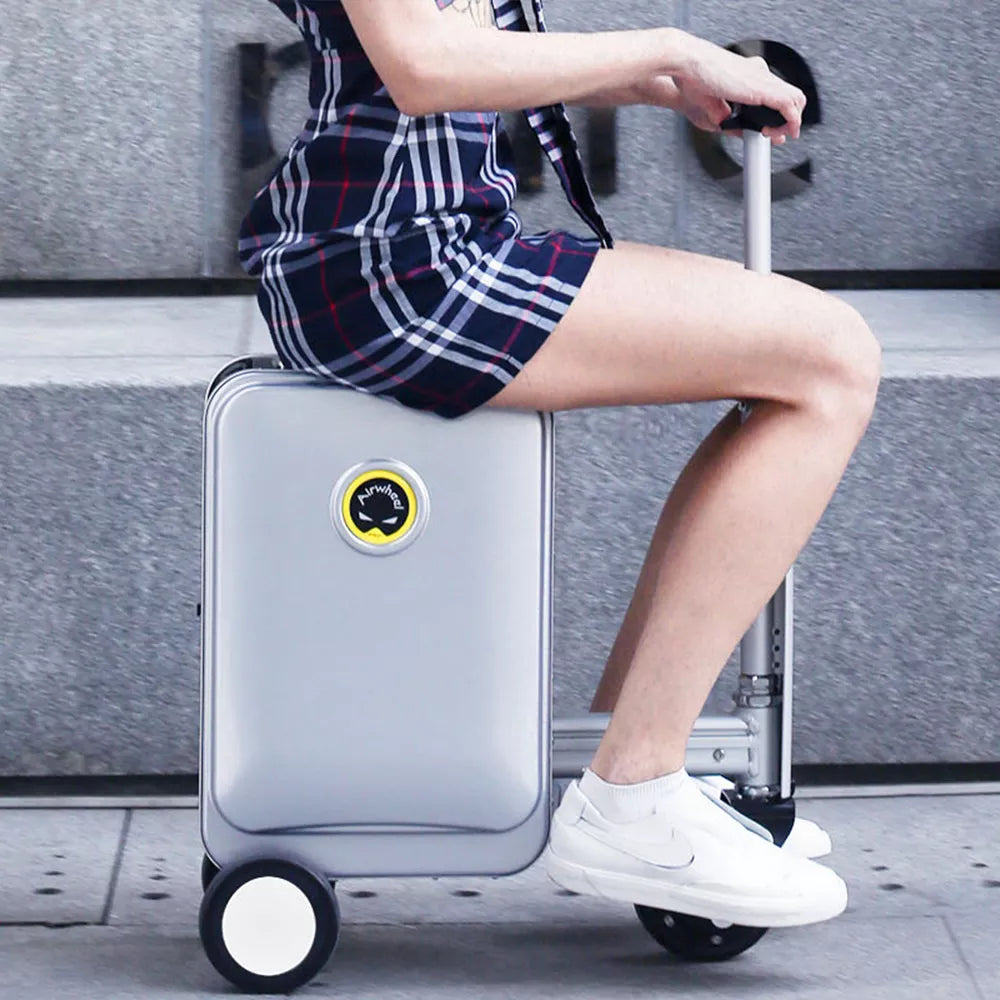

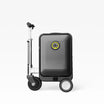

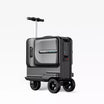

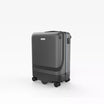
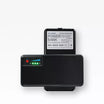




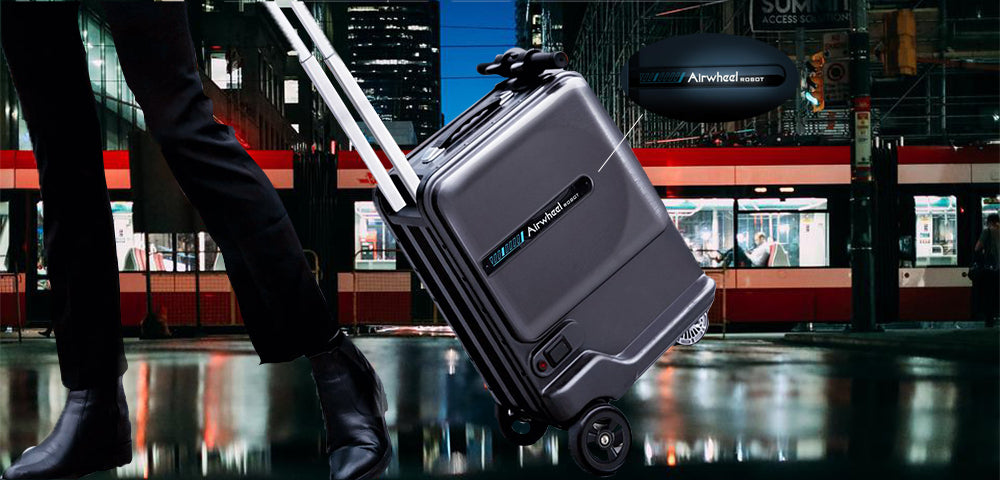

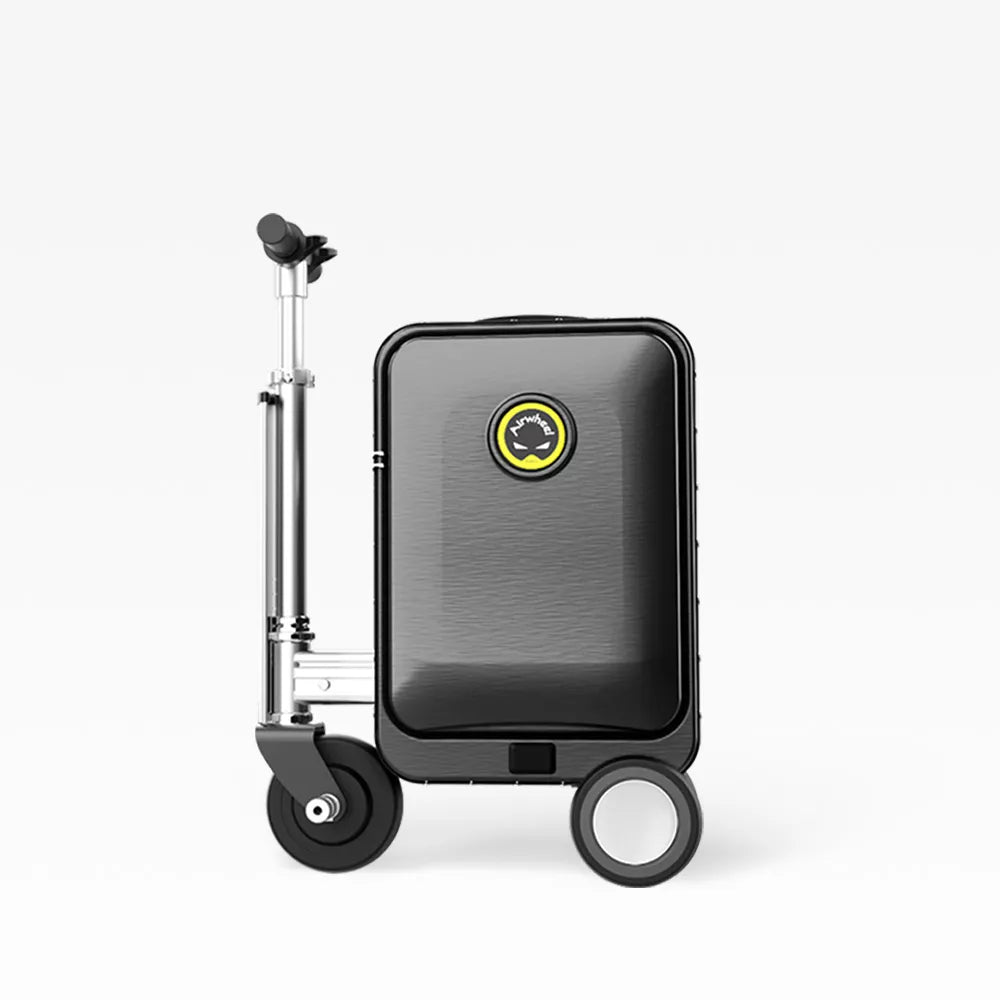
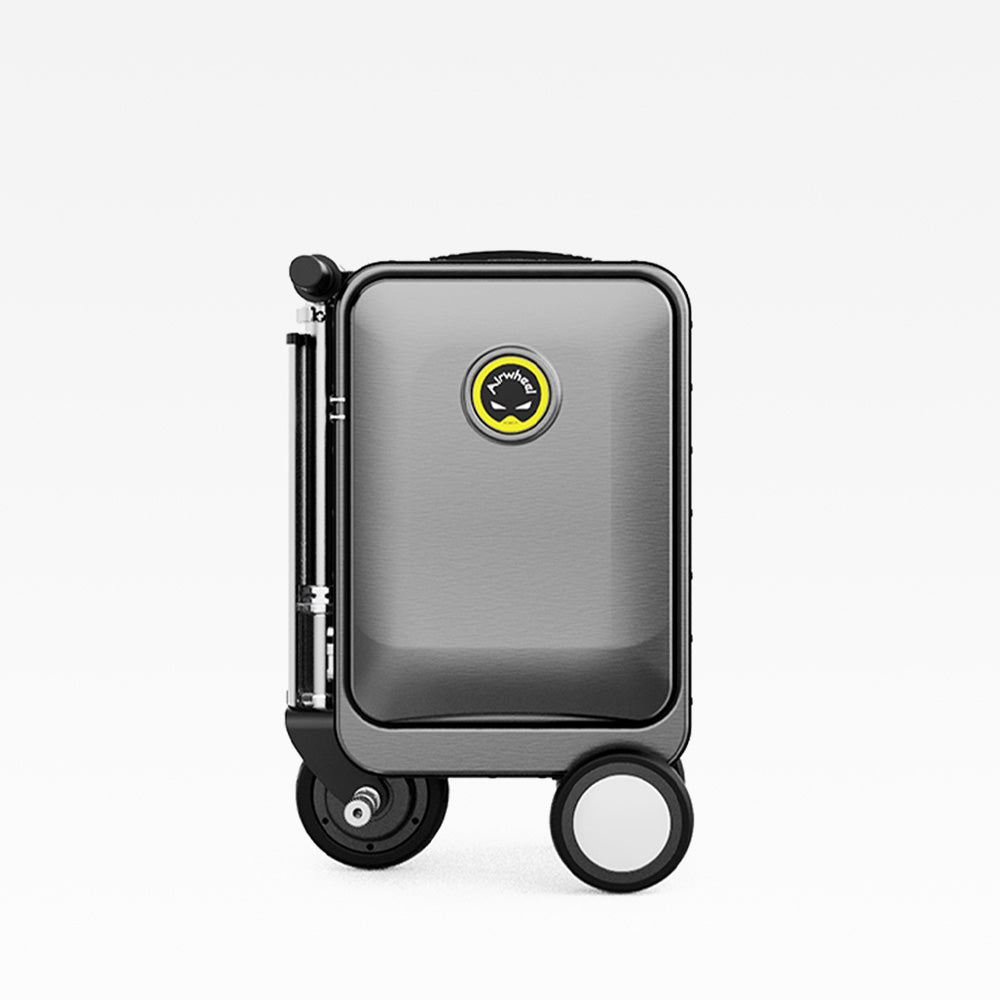

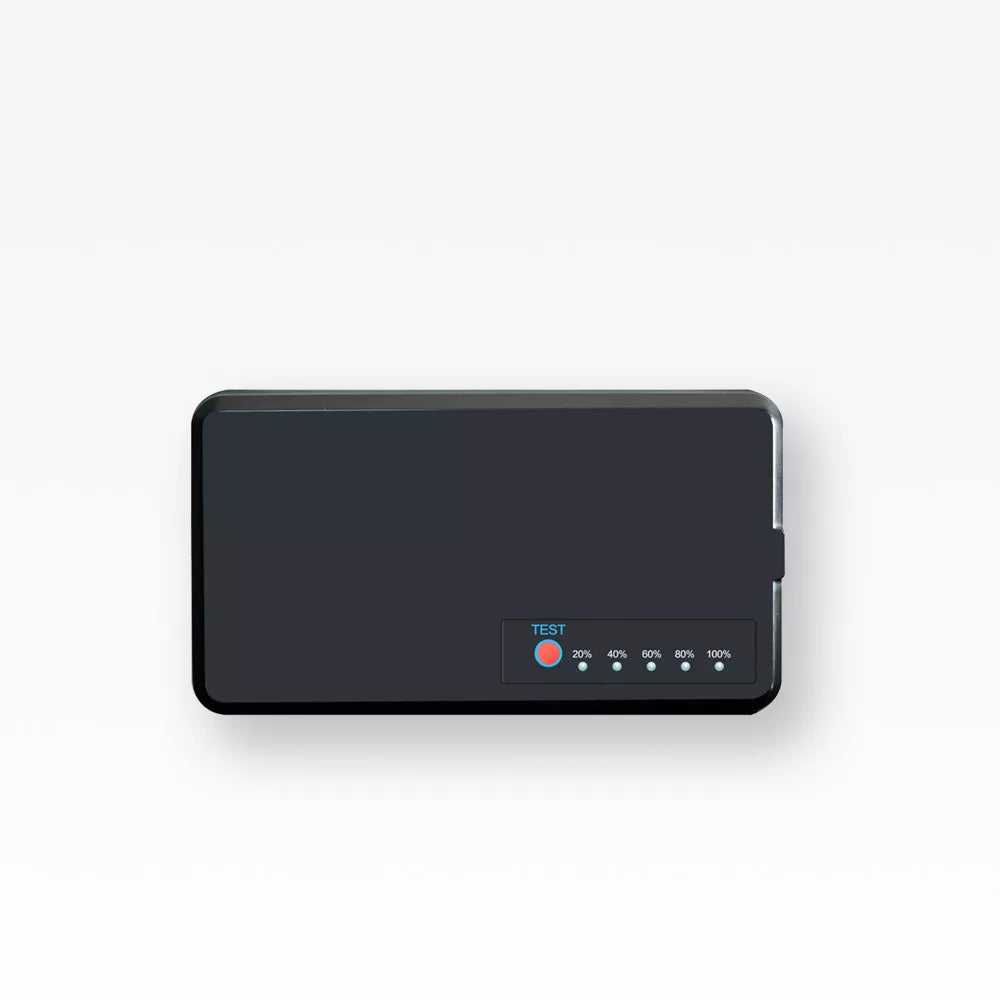

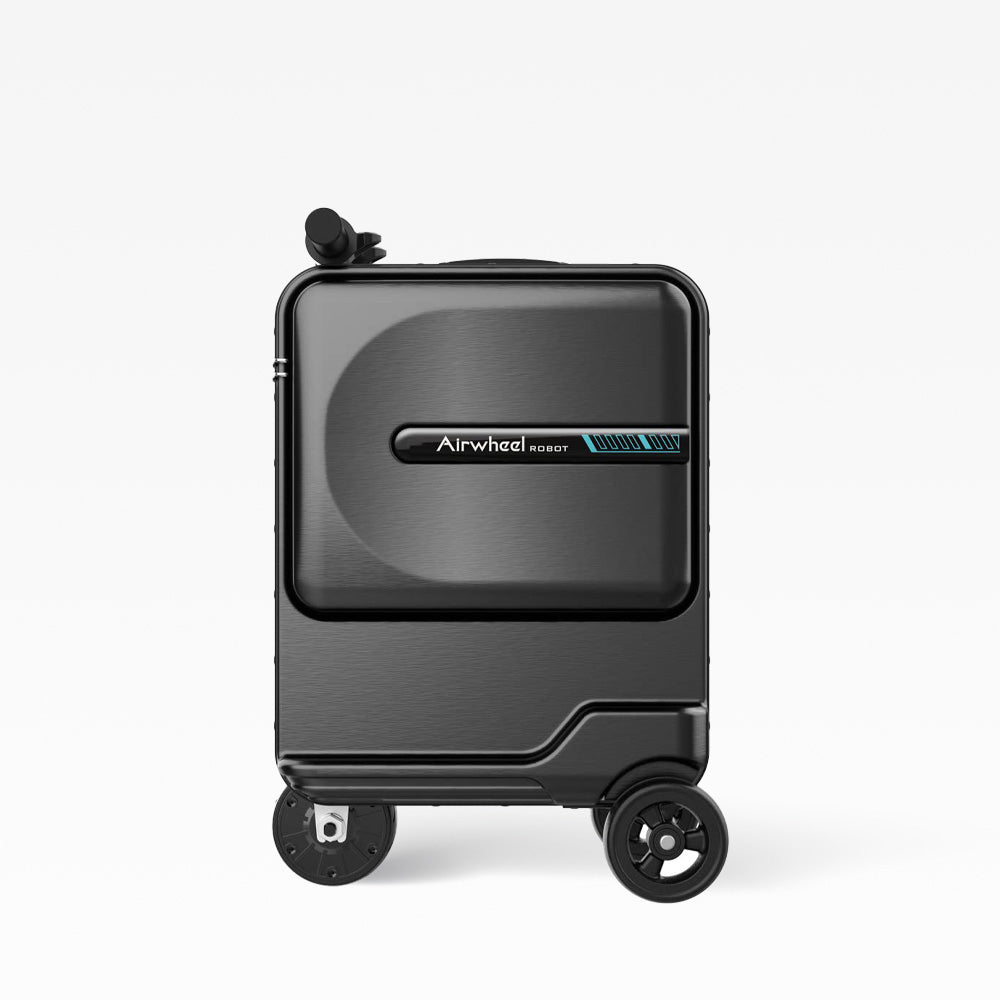
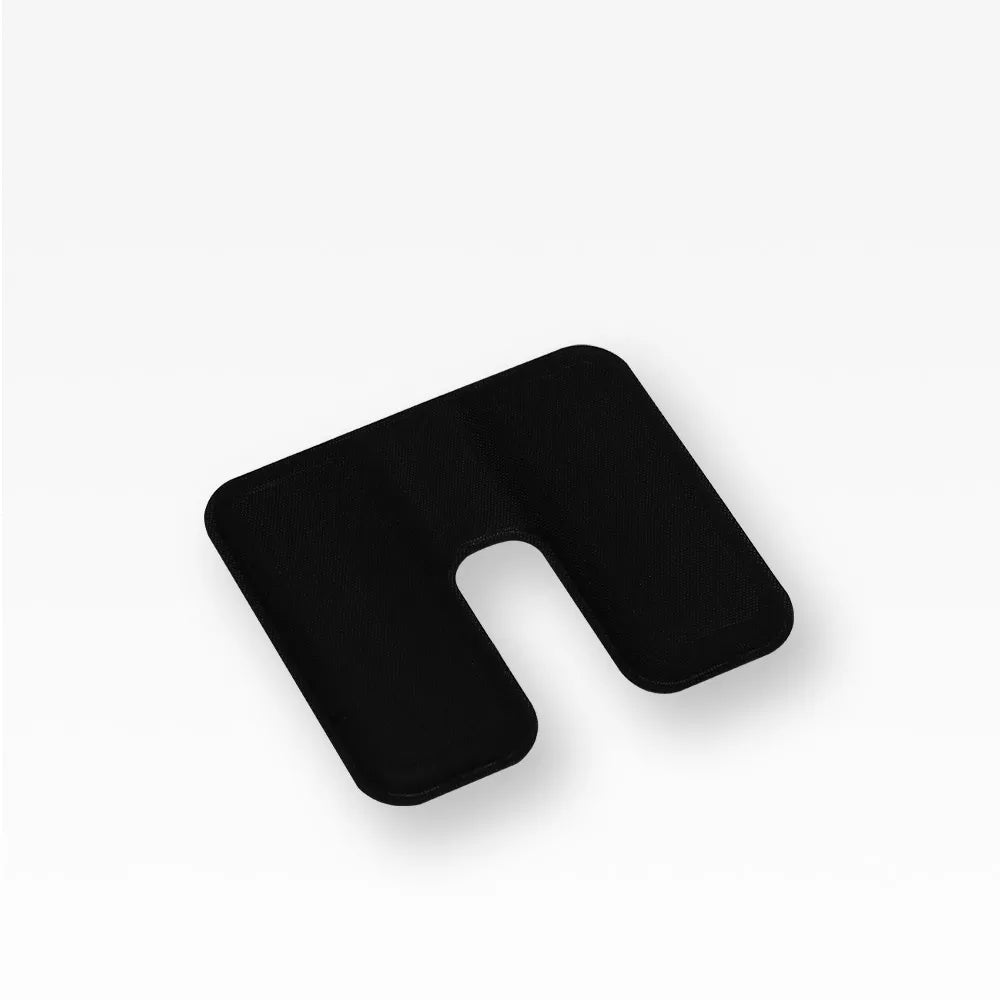


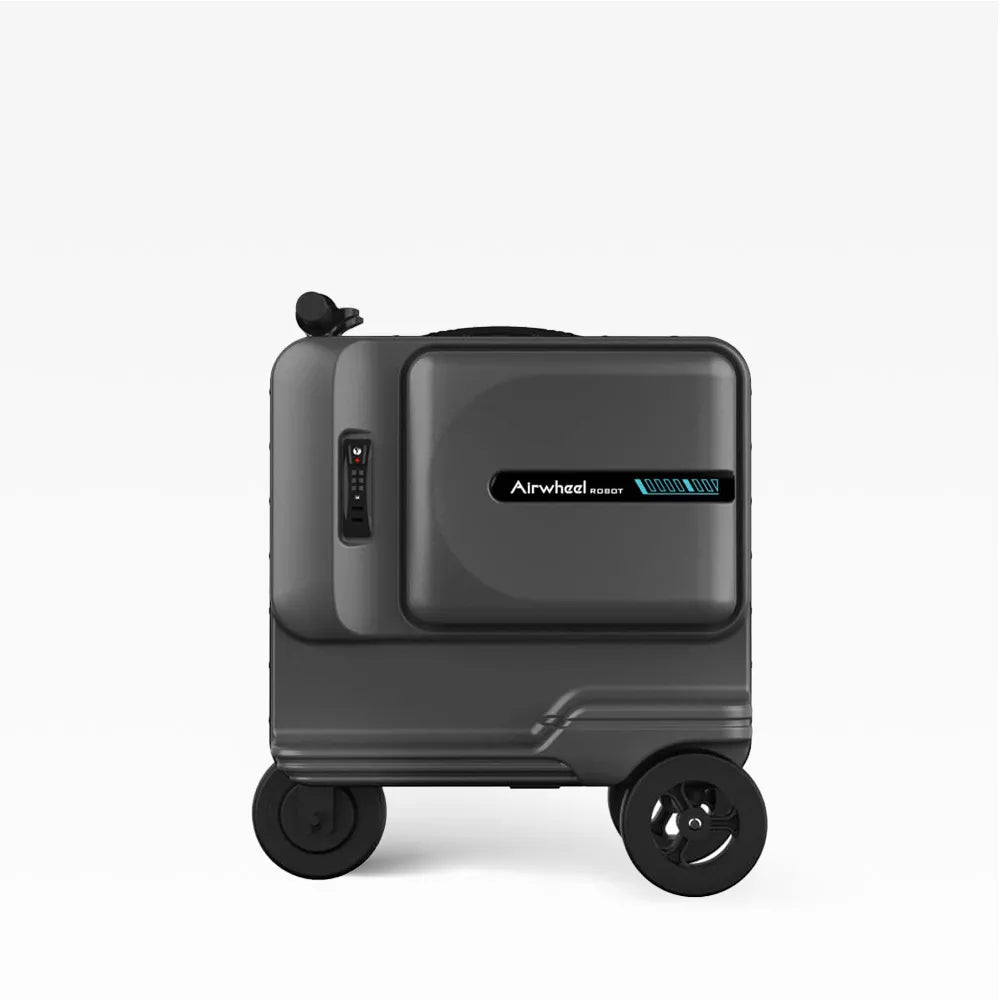



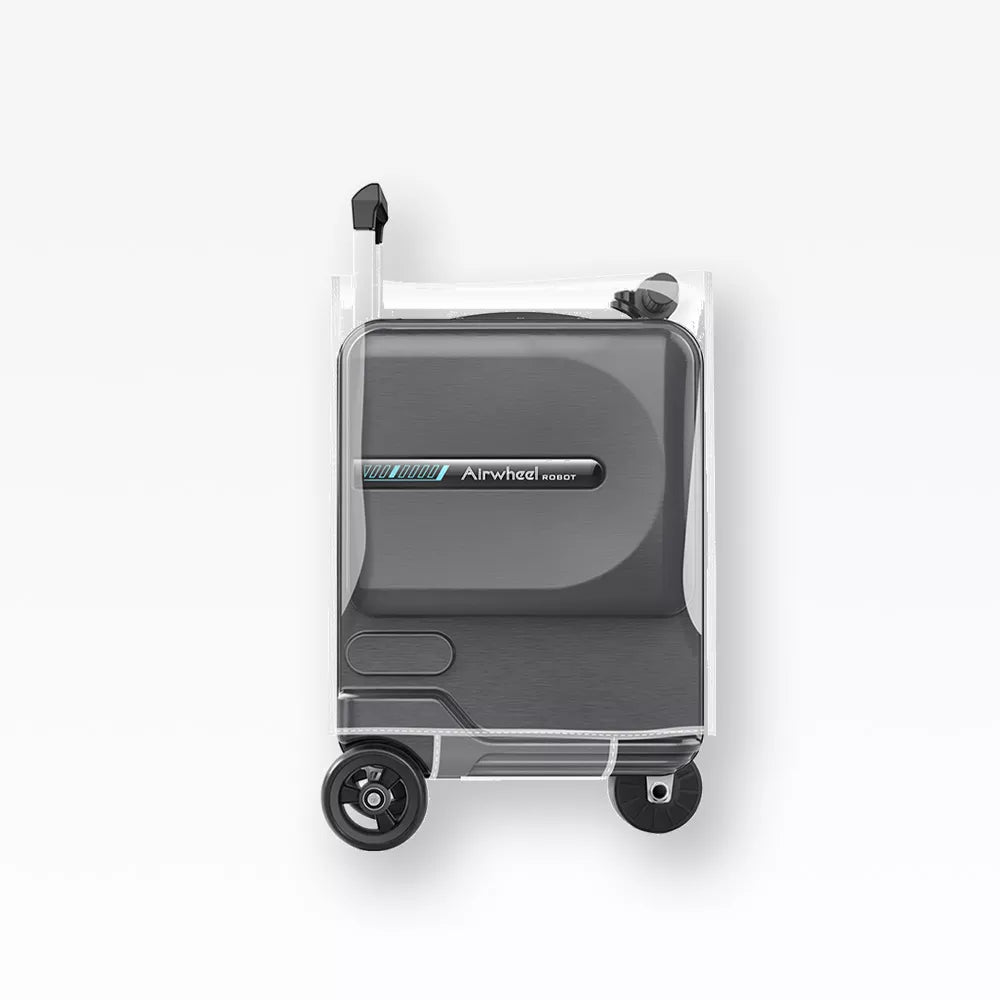
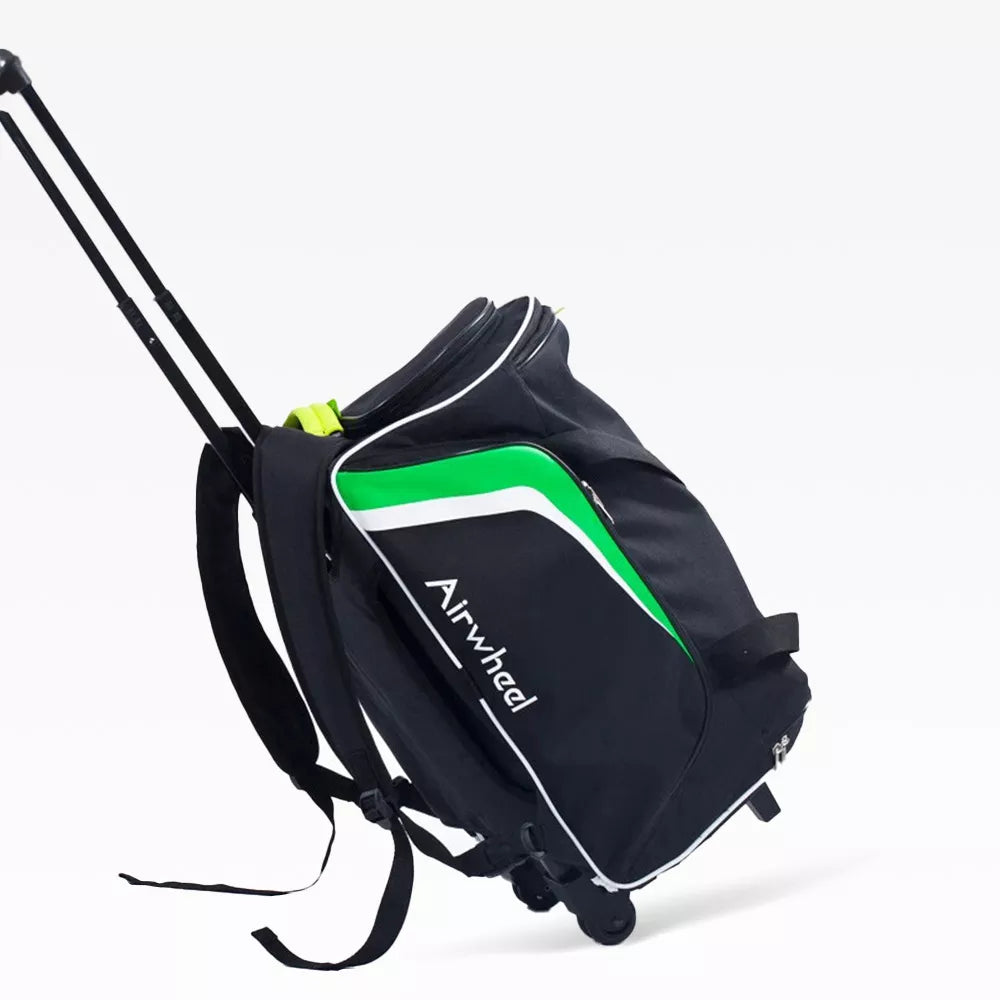
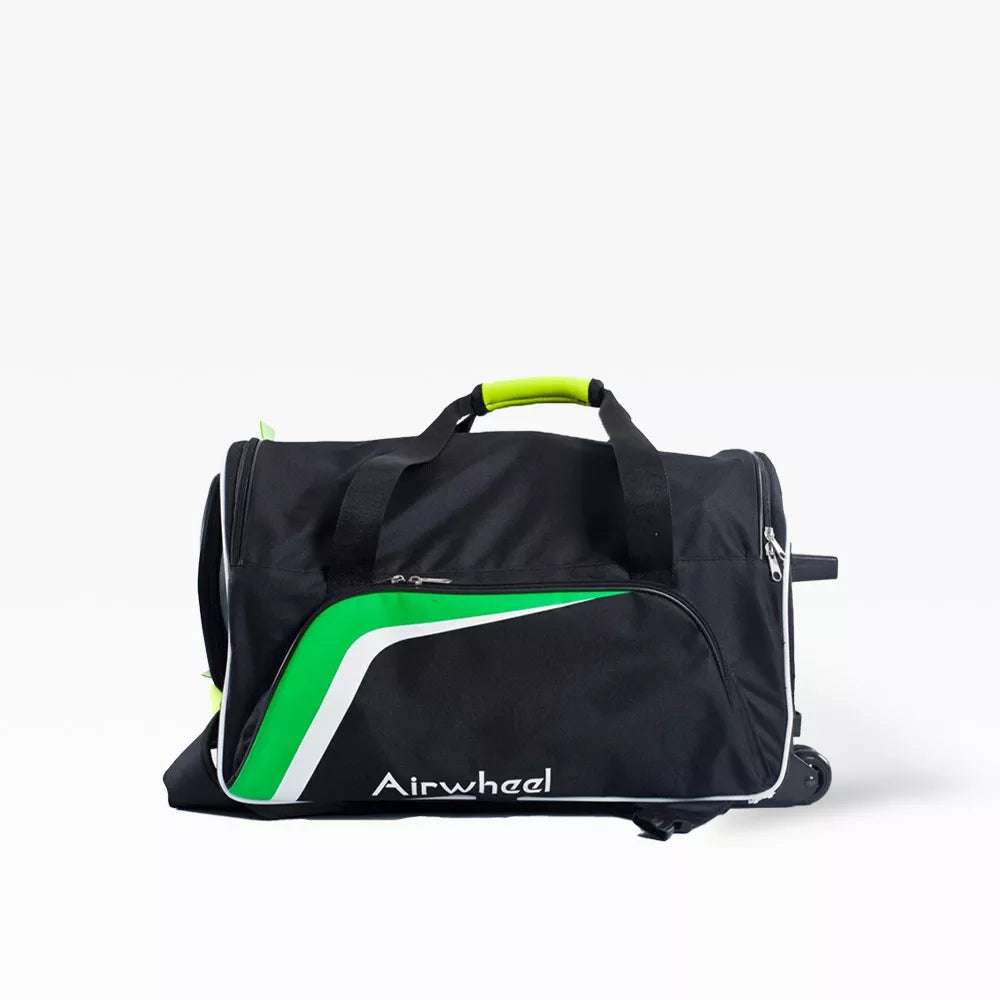
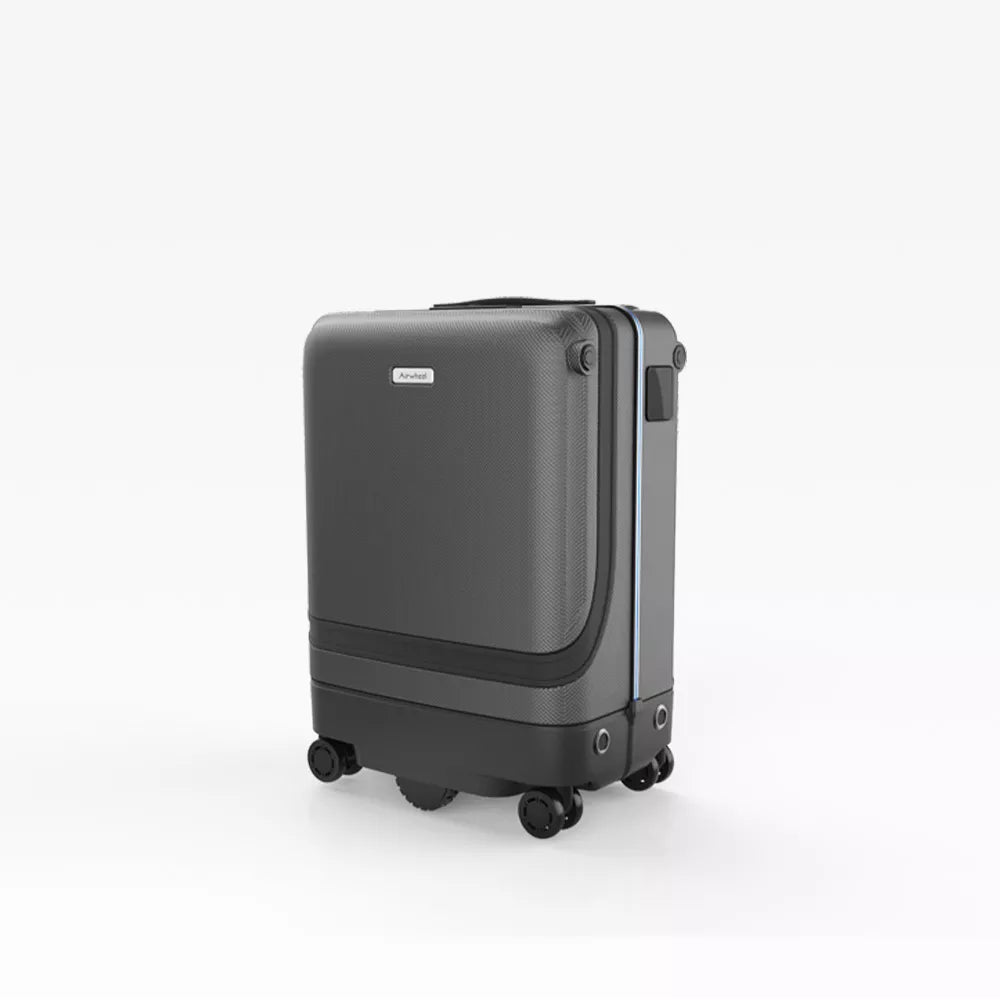

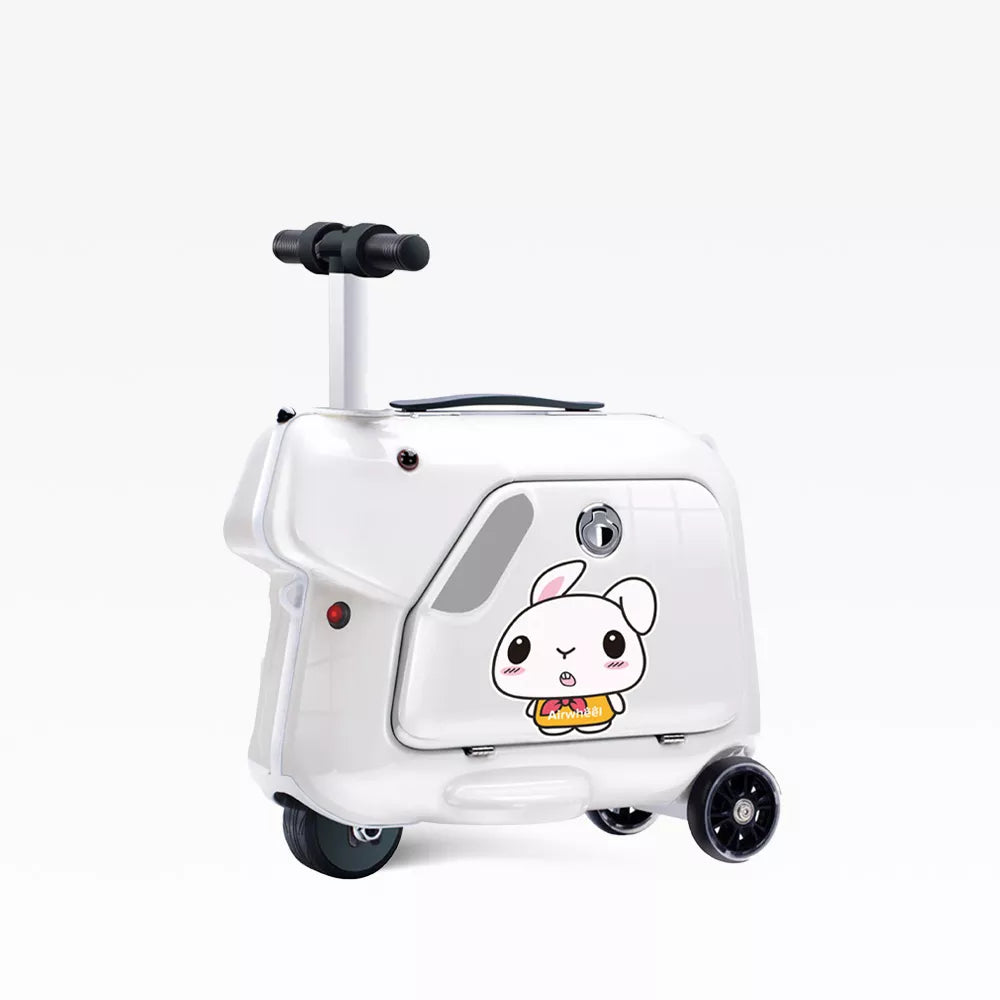
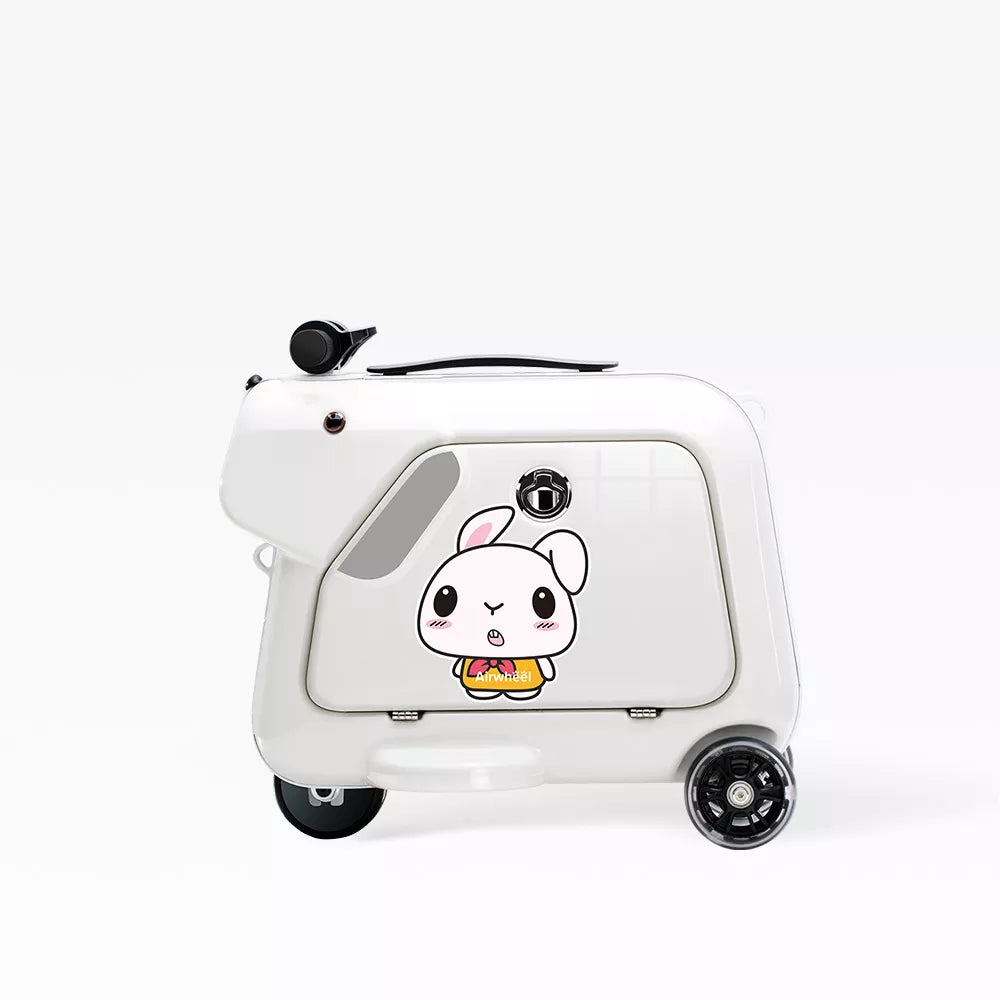
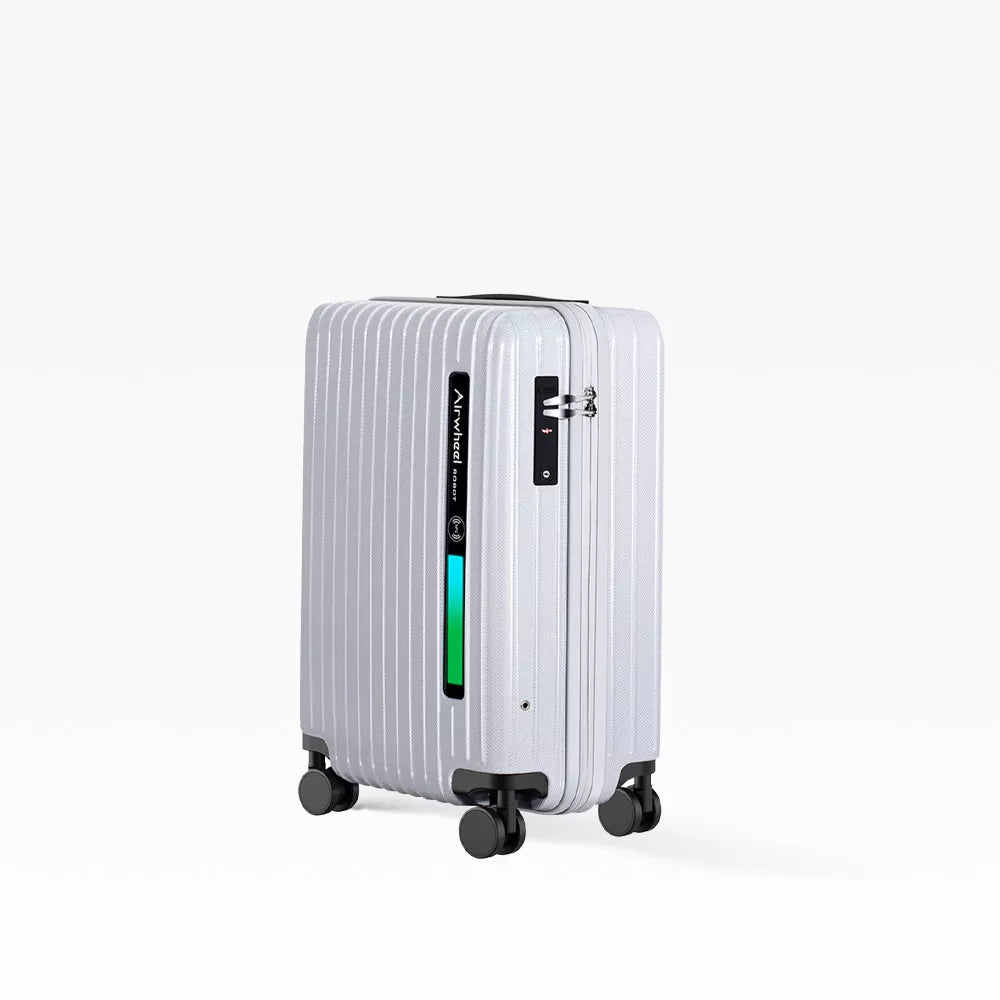

コメントを書く
このサイトはhCaptchaによって保護されており、hCaptchaプライバシーポリシーおよび利用規約が適用されます。